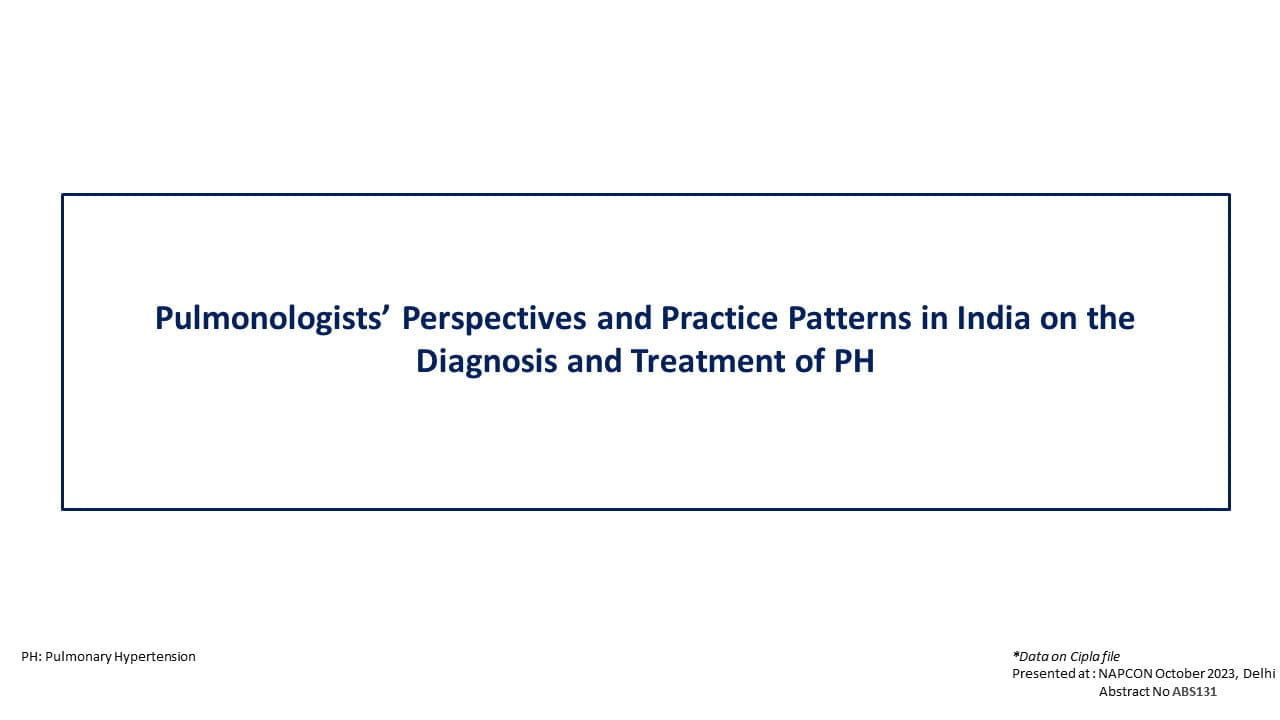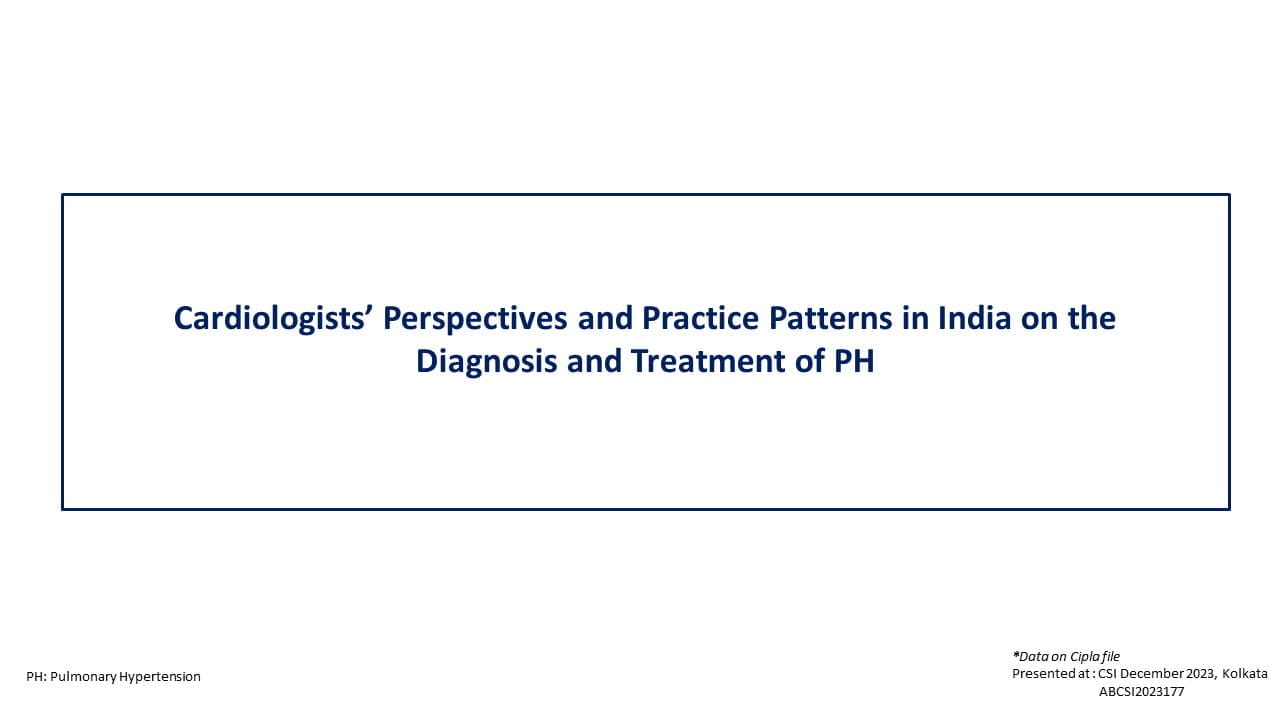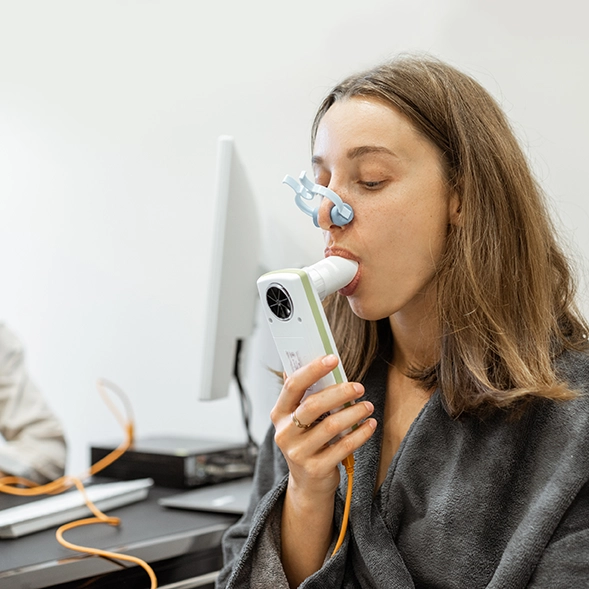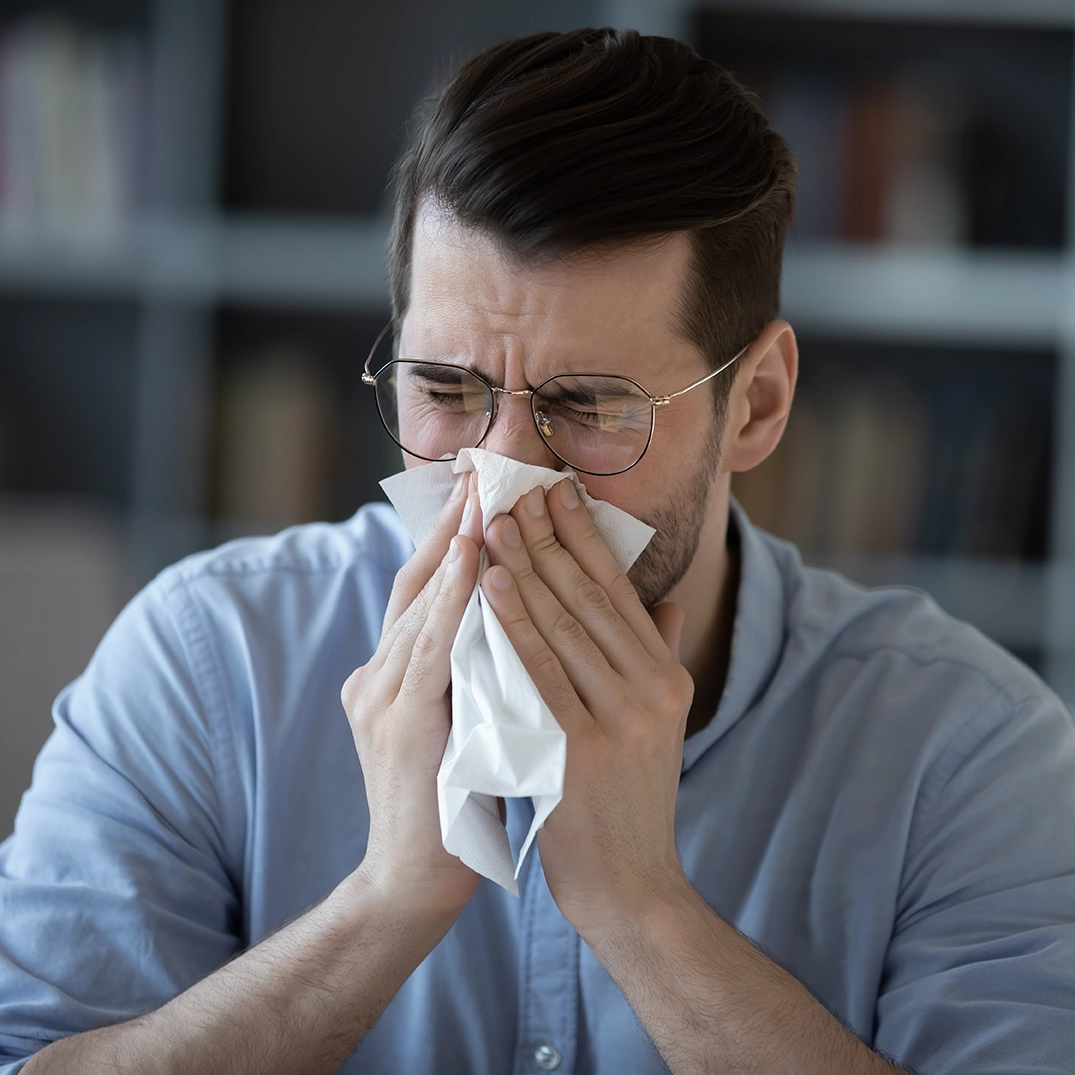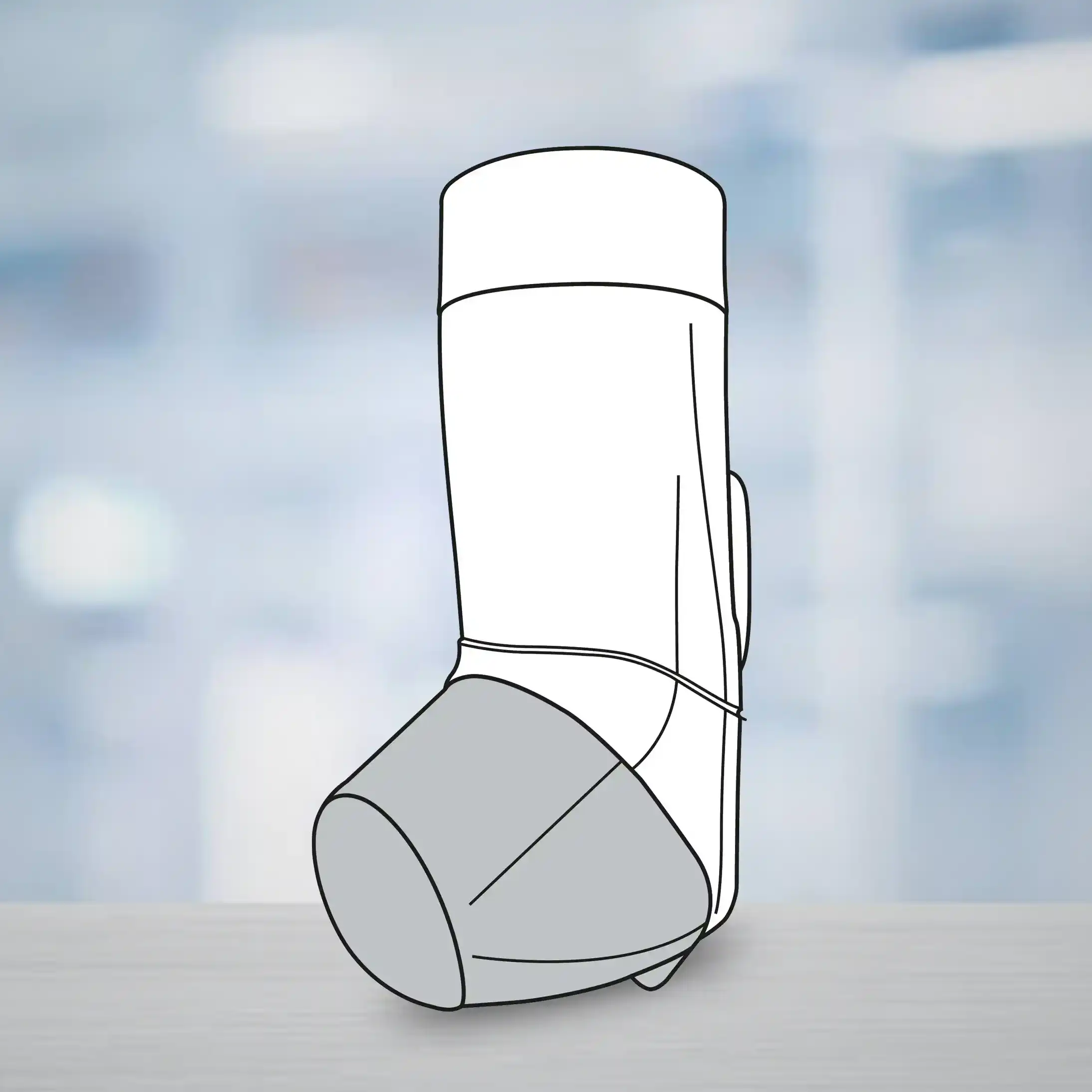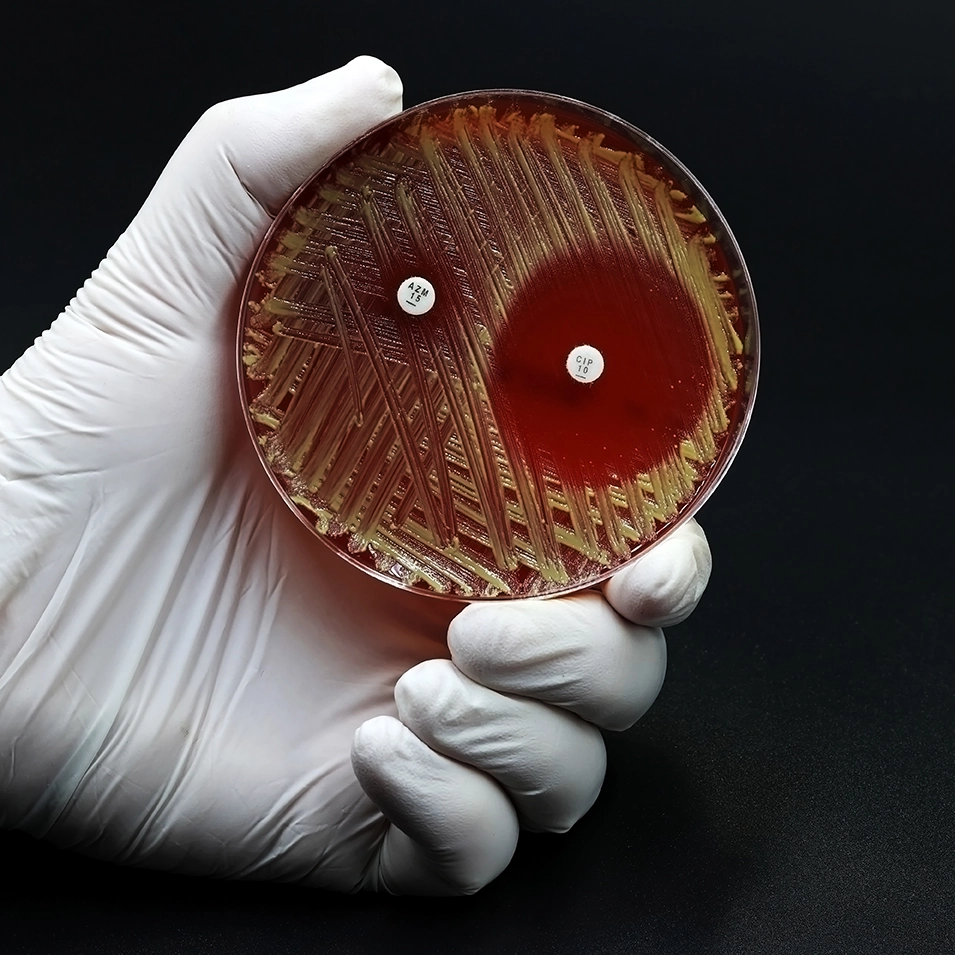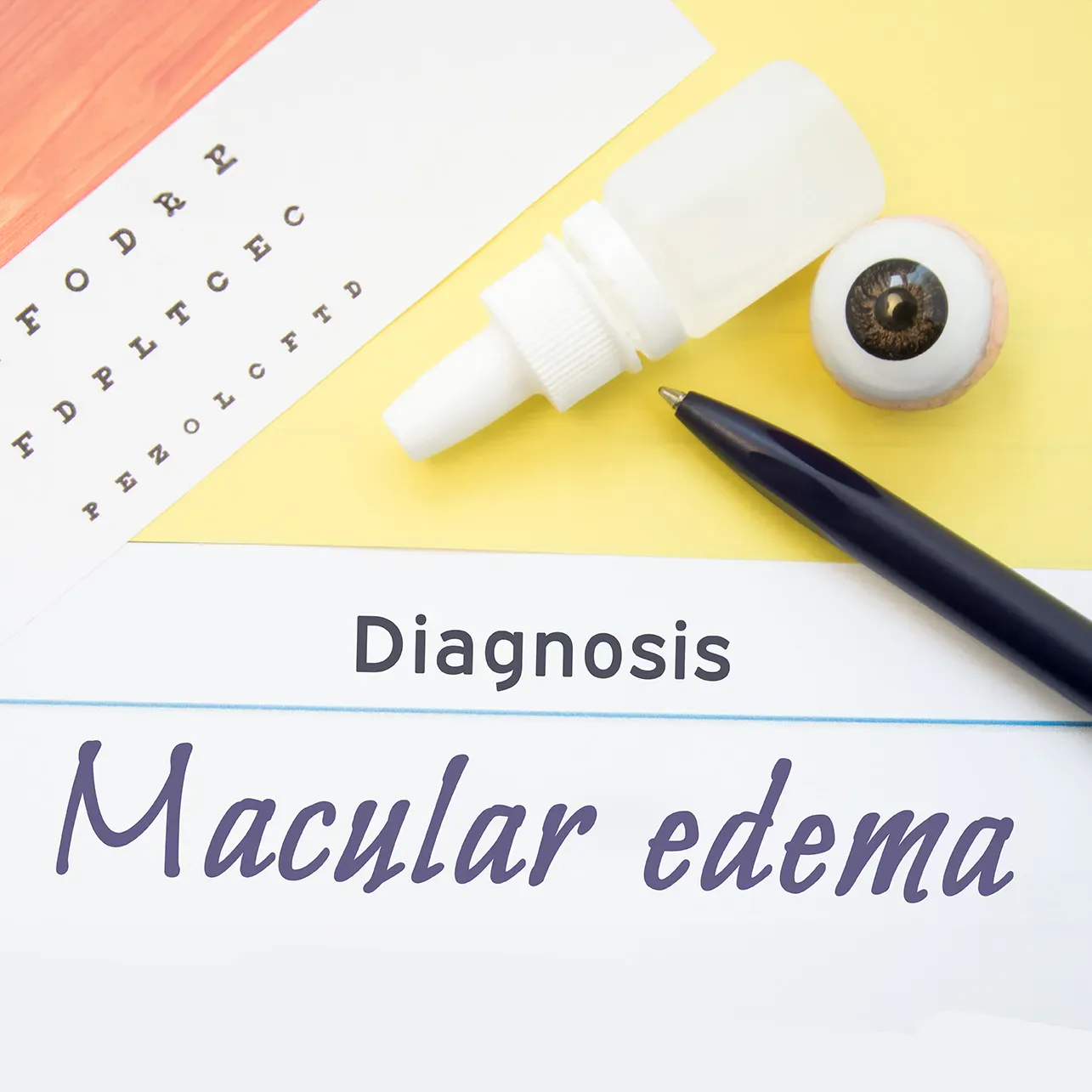Introduction
Acute bacterial rhinosinusitis (ABR) is one of the complications following upper respiratory tract infection (URTI) in pediatrics. The current treatment for ABR comprises of either systemic therapies like antibiotherapy, corticosteroids and antihistamines or topical therapies like nasal corticosteroids, nasal decongestants, nasal antihistamines and saline irrigation or combination of both therapies. However, the data on topical therapies is limited. There are reports on improved recovery rates with large volume low pressure nasal irrigation solutions.
Aim
This study compares the clinical, radiologic, hematologic and symptomatic parameters of standard therapy comprising antibiotherapy + nasal decongestant and combination of large volume low pressure nasal saline irrigation (LVLP-NSI) and fluticasone propionate (FP) for the treatment of pediatric acute rhinosinusitis.
Methods
Study Design
- Randomized-controlled, prospective study.
Patient Profile
- Children aged between 5-18 years
- URTI not resolving for 10 days or worsening, continuation of all or most of the initial symptoms for 10 days
- Purulent discharge from the middle meatus
- Abnormal findings in the X-ray Waters view
Treatment Strategy
- A total of 105 children were randomized into two groups.
- After drop-outs, the final cohort comprised of
- Group 1 (n=53) treated with standard therapy (antibiotherapy + nasal decongestant) for 2 weeks
- Group 2 (n=52) treated with the LVLP-NSI + FP combination for 3 weeks.
- The clinical scores were evaluated at the beginning of the study and then at 7th, 14th and 21st day. Clinical score <8 and >8 indicated mild and severe conditions respectively
- The radiologic evaluation was based on the average of right and left maxillary maxillary sinus scores
- Peak nasal inspiratory flow (PNIF) measurements were done at the beginning of study and on day 21
- Total symptom scores (TSS) were calculated on weekly basis
- Complete blood count (CBC), C-reactive protein (CRP) and erythrocyte sedimentation rate (ESR) were compared
Endpoints
- Clinical scores
- Radiologic evaluations (X-ray Waters view)
- PNIF measurements
- TSS
- Hematologic parameters
Results
- The characteristics like age, gender, height and weight of both the groups were similar.
- There were no significant differences in the clinical scores among the groups at baseline, day and day 21 (p>0.05 for all). However, group 2 demonstrated significant improvement in the clinical score on day 7 as compared to group 1 (p<0.05)
- There were no significant differences in post treatment radiologic evaluations; p=0.072
- The difference in the basal PNIF measurement was not significant across the groups.
- However, the difference in the post-treatment PNIF values was significant with marked improvement in Group 2 (75.09+5.69 L/min) as compared to Group 1 (61.37+4.08 L/min); p<0.05.
- Group 2 showed greater improvement in rhinorrhea, nasal congestion, throat itching and cough symptoms than Group 1.
- Post-treatment nasal itching and sneezing was significantly less in Group 2.
- The values of hematologic parameters were significantly reduced at the end of the 3rd week in both groups.
- There were no significant differences in the pre-and post-treatment values in both the groups (p>0.05 for all 3 parameters)
Conclusion
- Large volume low pressure nasal saline irrigation (LVLP NSI) combined with fluticasone propionate (FP) was effective and could be a new line of therapy for the treatment of pediatric acute rhinosinusitis, either by itself or combined with standard therapy.
Int J Pediatr Otorhinolaryngol. 2014 Aug;78(8):1393-9. Doi:10.1016/j.ijporl.2014.06.006.


